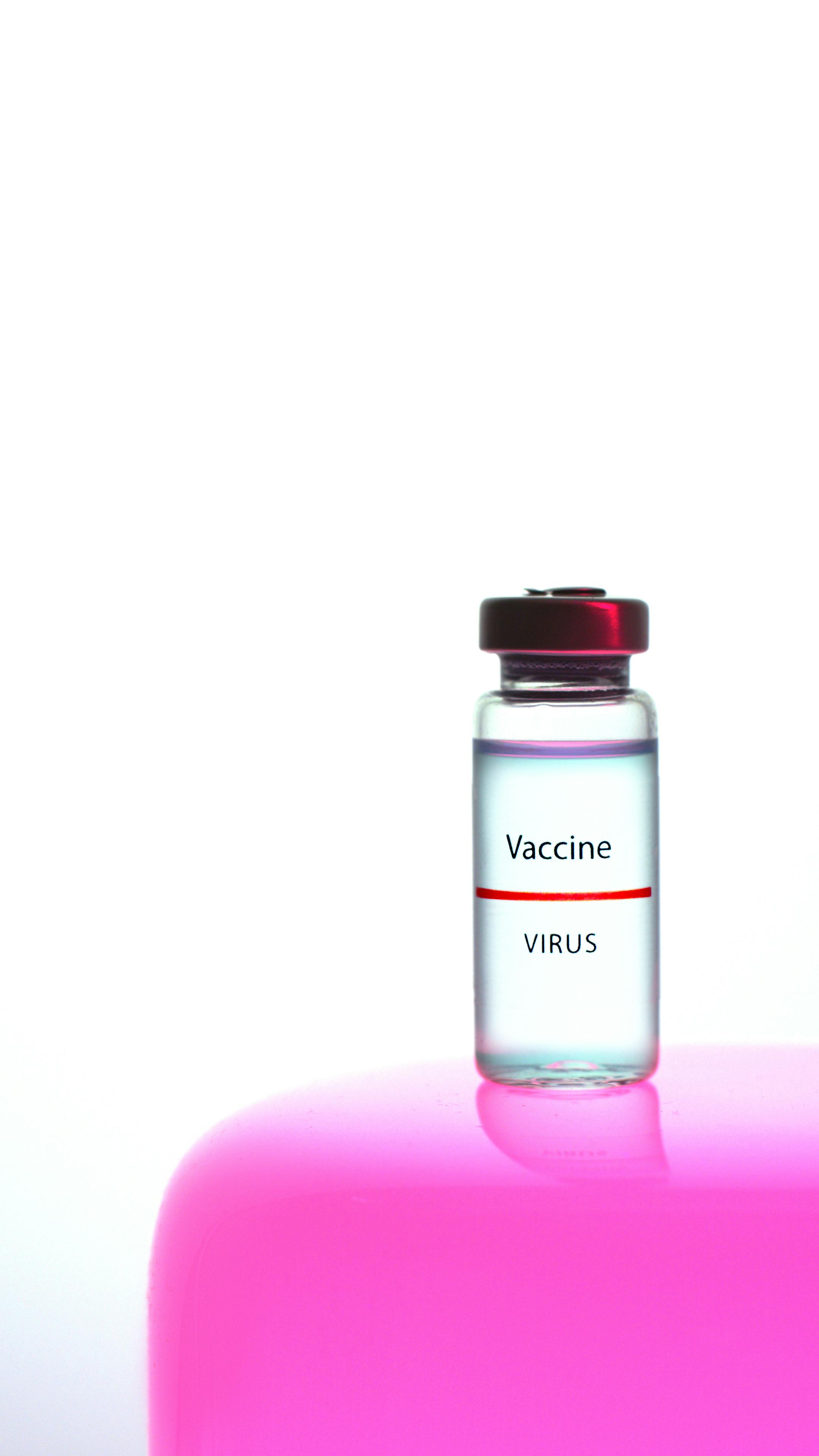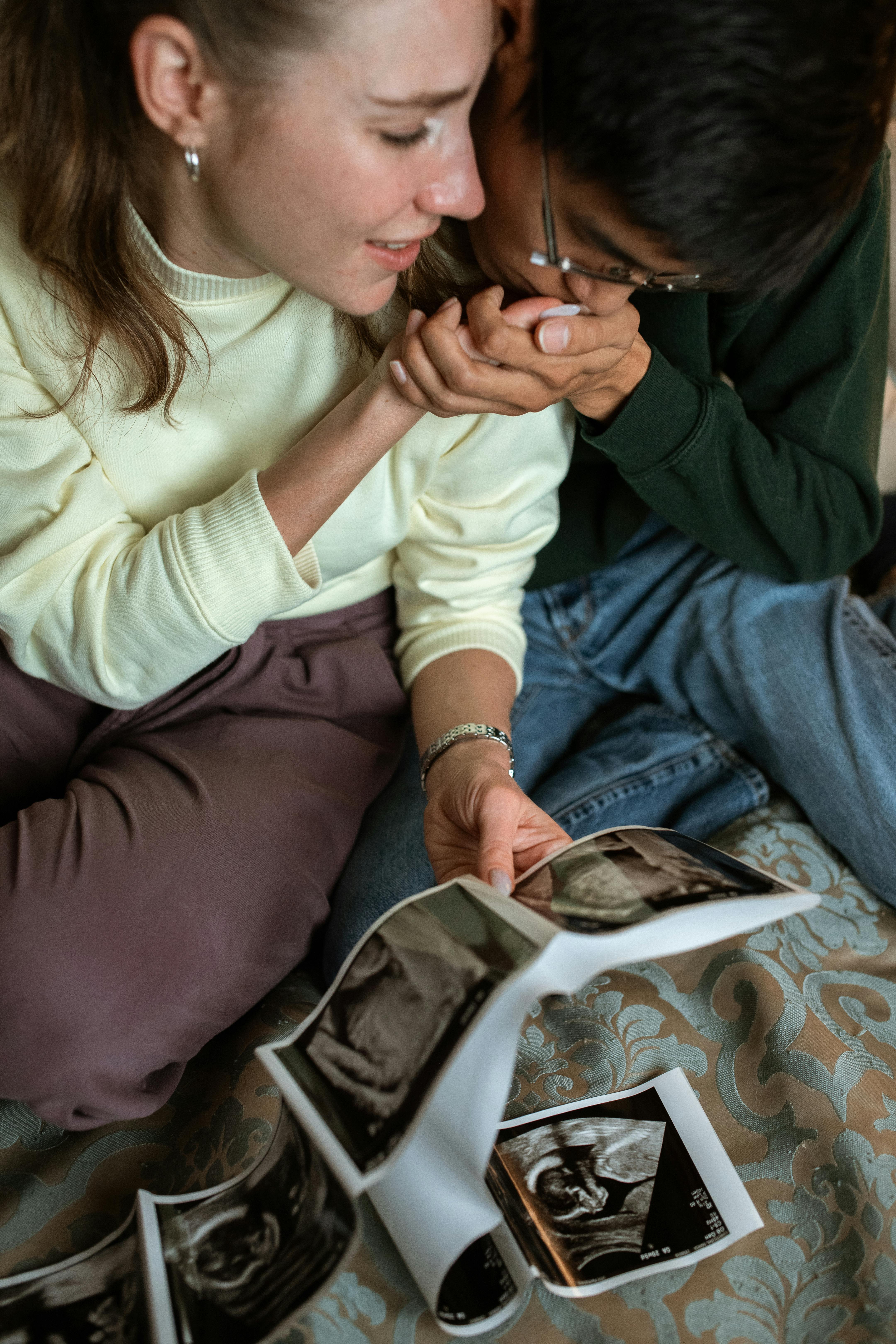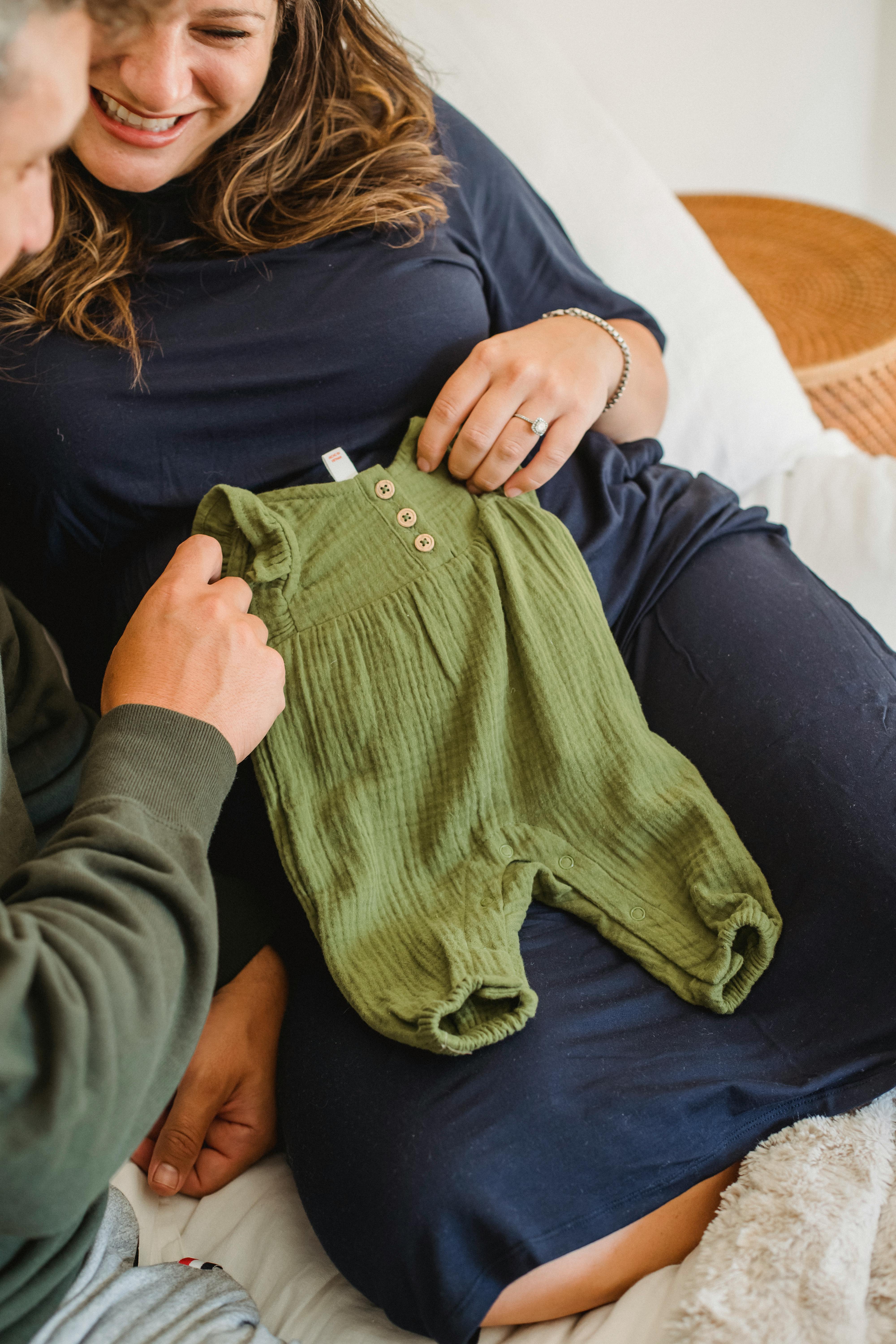Understanding Respiratory Syncytial Virus (RSV) in Babies: Symptoms, Treatment and Prevention Strategies

Respiratory syncytial virus, more commonly known as RSV, is a ubiquitous infection; it is estimated that nearly all kids will have had an RSV infection at least once by the time they're two years old. Despite the high prevalence of this infection, many parents aren't fully aware of what RSV is and how it can affect their baby. In this article, we aim to demystify RSV, provide insight into its symptoms, discuss available treatment options, and offer effective prevention strategies.
Identifying RSV: What It Is and How it Spreads
RSV leads to infections of the lungs and respiratory tract. It acts much like a common cold in many cases and is incredibly contagious. This potentially severe virus can spread through droplets in the air when an infected person coughs or sneezes. It could also be contracted by touching infected surfaces or direct contact with an infected person, making RSV highly prevalent in daycare environments and other similar settings where children are in close proximity.
Recognizing the Symptoms: From Mild to Severe
The symptoms of RSV can range from mild to severe, predominantly looking like a common cold in the beginning. A runny nose, decrease in appetite, coughing, and sneezing are usual early symptoms. Some babies might develop a fever or have trouble breathing, signifying a potentially more serious case.
In more severe cases, observed mainly in premature infants, babies with low birth weight, children under 2 with chronic lung or heart conditions, and babies with weakened immune systems, symptoms can escalate. These can include difficulty breathing, rapid breathing, irritability, sluggishness, refusal to feed, and a blue color to the skin, particularly around the lips and fingernails.
It is essential to contact a healthcare professional immediately if your child exhibits any severe symptoms or if their condition doesn't improve over a week.
Seeking Treatment for RSV
Medical intervention for RSV is usually only necessary in severe cases or if your child falls within a high-risk group. In most mild cases, steps to ease the symptoms - such as using a humidifier, offering plenty of fluids, or using a suction bulb to help with a stuffed nose - can help your baby recover at home.
In severe instances or for high-risk children, hospitalization may be necessary. These babies might require Intravenous (IV) fluids, supplemental oxygen to help with breathing, or even a ventilator in the most serious cases.
Preventing the Spread of RSV
As RSV is highly contagious, prevention is a crucial aspect of managing this virus. Frequent hand-washing, especially before interacting with the baby, can minimize the risk. Keeping babies away from those who are sick, crowded places, and ensuring day-care center cleanliness can help prevent this infection.
At a larger scale, certain medications can help reduce the chance of severe RSV disease in high-risk babies during RSV season, which typically lasts from late fall to early spring in most regions.
Conclusion: Be Vigilant but Not Fearful
While RSV can indeed be a serious concern, particularly for high-risk babies, it's important to remember that for the majority of infants, it manifests as a common cold. Awareness and vigilance are key to identifying more serious cases early, allowing for prompt medical intervention and the appropriate care.
RSV is an integral part of the illness landscape that babies explore as their immune systems strengthen and develop. Keep the lines of communication open with your healthcare provider, be vigilant in observation, proactive in prevention, and above all, remember - every sniffle or sneeze doesn't spell calamity.





